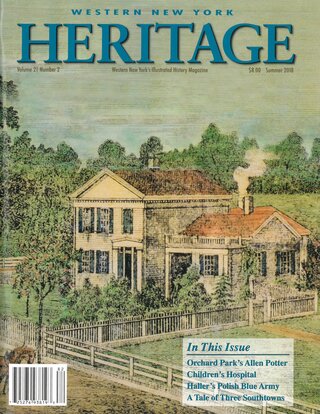Research into a typo in the Spring 2018 issue discovered that the mistake was inadvertently correct, with a further Western New York connection to boot!
Endnotes: “Even a Blind Sow Picks Up an Acorn Once in a While”
The full content is available in the Summer 2018 Issue.
Related Content











